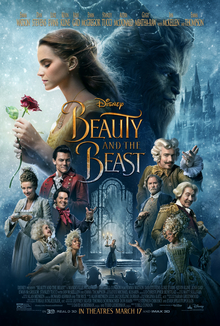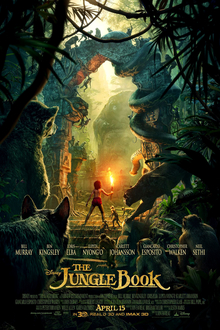I always feel a little weird writing one of these just after one of the annual rundowns of the Nobel Prizes but the march of science goes on even while we’re celebrating past discoveries. This big announcement this month is seriously major news as well.
- The big news of course is Google’s declaration that it has achieved quantum supremacy. I could have posted this last month when it leaked but I wanted to wait for the official announcement. You should read up on the details yourself but the upshot is that Google has built a 53-qubit quantum computer that can run a specific experiment millions of times faster than a classical computer can. So far that’s the only thing that it has been proven to run and it’s not exactly a useful calculation to perform but one can easily imagine that this conclusively proves that quantum computing is real. You can read up on all of the details here.
- This next bit of news is also about quantum mechanics. It’s not really a new discovery but it works as a convincing piece of evidence that quantum superposition is a real phenomenon. Whereas previous experiments used atoms, this one used comparatively massive molecules, consisting of up to 2,000 atoms each, to demonstrate that the principles of quantum physics do operate on the macroscopic scale.
- Moving on to astronomy, we have a longer article talking about how analysis of the compounds found within the water vapor plumes of Enceladus, a moon of Saturn reveals that they consist of the basic building blocks needed to form amino acids. We should be careful not to get too excited but the fact that the moon is so energetic, with its liquid water and occasional jets of water vapor, plus the discovery of these compounds makes it currently the leading candidate for life elsewhere in our Solar System.
- This next news item is fairly sobering. We all know about declining small towns and how some people leave them and subsequently while those who stay fall ever behind by every measure of economic and physical wellbeing. Shockingly, scientists have found from studying the population of mining towns in the UK, that they can detect differences in the DNA of those who stayed and those who left. Effectively those who left have DNA associated with more positive effects, the most important of which is educational attainment, while those who stayed had more damaging ones. The finding is intuitive, those who are healthier and more intelligent would find it easier to leave, but it is depressing and policymakers should take note.
- Finally as a bit of lighter reading, here is an article about the piracucu, a fish that lives in freshwater lakes in the Amazon basin. You’ve probably never heard of them but you will have heard of the species of fish that they share a habitat with: the piranha. So the obvious question is how the piracucu, a large fish, survive against the notoriously vicious piranha. The answer is that they have developed extremely tough scales that act as armor, consisting of a highly mineralised upper layer and backing it a layer made of collagen fibres that prevent any cracks in the upper layer from spreading. No doubt this is exciting for anyone interested in better armor technology.




